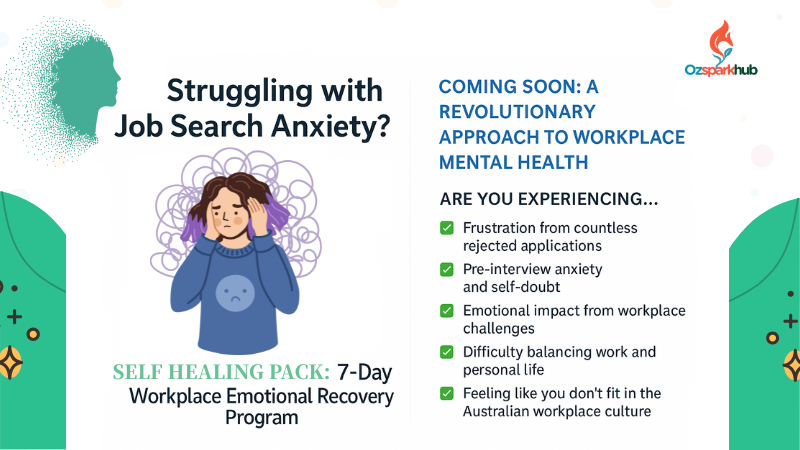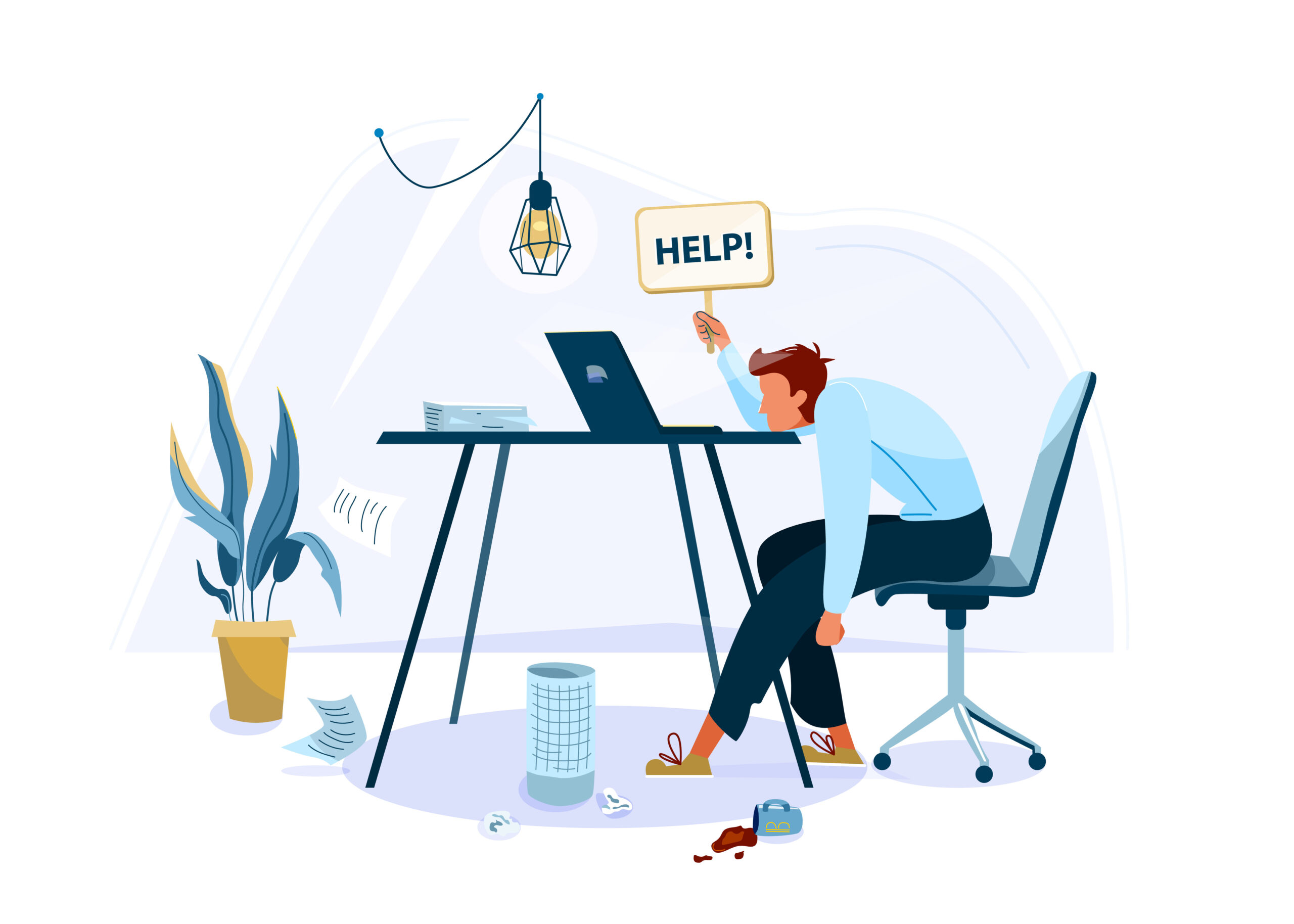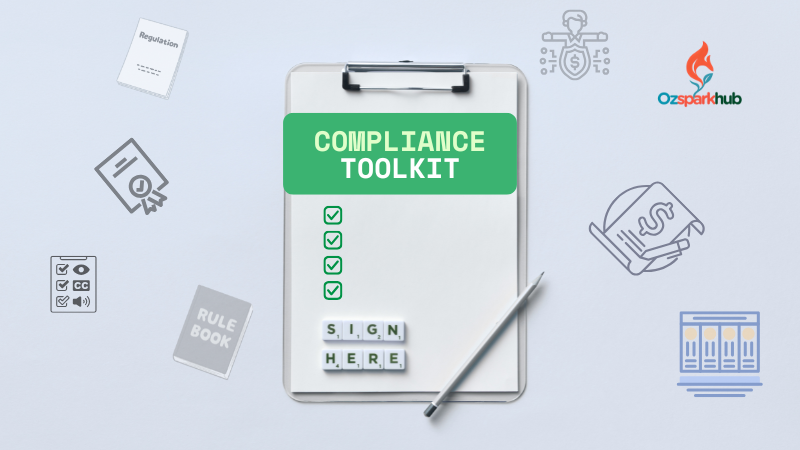AI Impact on Australian Jobs 2025: How to Future-Proof Your Career | OzSparkHub
Artificial Intelligence (AI) is set to be the most transformative technology of our lifetime. According to a report by the Tech Council of Australia, AI could contribute up to $600 billion to the Australian economy annually by 2030. But what does this mean for your job?
This article will cut through the hype and provide a realistic, data-driven look at how AI will reshape the Australian job market, which roles are most at risk, and how you can adapt to thrive in the age of automation.
🔑 Key Takeaways
- AI is an Augment, Not Just a Replacement: For most professions, AI will be a tool that augments human capabilities, automating routine tasks and freeing up humans to focus on more complex, creative, and strategic work.
- Routine Tasks are Most at Risk: Jobs that involve repetitive, data-driven, or administrative tasks are the most susceptible to automation.
- Human-Centric Skills are the Best Defence: Skills that AI cannot easily replicate—such as critical thinking, creativity, emotional intelligence, and complex problem-solving—are becoming more valuable than ever.
- The Biggest Opportunity is in AI-Human Collaboration: The most successful professionals will be those who learn to work with AI, using it to enhance their own skills and productivity.
🤖 Which Jobs Are Most at Risk from AI?
Research from organisations like the World Economic Forum and Goldman Sachs suggests that jobs with a high proportion of routine and predictable tasks are the most vulnerable. In the Australian context, this includes:
High-Risk Categories:
Administrative and Office Support:
- Examples: Data Entry Clerks, Administrative Assistants, Bookkeepers.
- Why: AI is incredibly efficient at processing and organising information, scheduling, and managing data.
Customer Service and Telemarketing:
- Examples: Call Centre Operators, Customer Service Representatives.
- Why: AI-powered chatbots and voice assistants can handle a large volume of customer queries 24/7.
Manufacturing and Production:
- Examples: Assembly Line Workers, Machine Operators.
- Why: Robotics and AI have been automating these roles for years, and the trend is accelerating.
Transportation and Logistics:
- Examples: Truck Drivers, Delivery Drivers, Warehouse Workers.
- Why: Autonomous vehicles and automated warehouse systems are rapidly developing.
It's important to note that "at risk" does not mean "will disappear." It means the nature of these jobs will change significantly, requiring new skills to work alongside automated systems.
🚀 Which Jobs Are Most Resilient to AI?
Jobs that require a high degree of human ingenuity, empathy, and physical dexterity are the most secure.
Low-Risk Categories:
Healthcare and the Care Economy:
- Examples: Doctors, Nurses, Aged Care Workers, Mental Health Professionals.
- Why: These roles require empathy, complex decision-making, and a human touch that AI cannot replicate.
Creative Professions:
- Examples: Artists, Writers, Designers, Musicians.
- Why: While AI can generate content, true creativity, originality, and emotional expression remain human domains.
Strategy and Leadership:
- Examples: CEOs, Managers, Strategy Consultants.
- Why: These roles require complex problem-solving, negotiation, and the ability to inspire and lead people.
Skilled Trades:
- Examples: Electricians, Plumbers, Carpenters.
- Why: These jobs require a high degree of manual dexterity and problem-solving in unpredictable physical environments.
🛡️ How to Future-Proof Your Career: A 3-Step Strategy
Step 1: Develop Your Human-Centric Skills
Focus on the skills that make you uniquely human. These are your best defence against automation.
- Critical Thinking and Problem-Solving: The ability to analyze complex situations and devise effective solutions.
- Creativity and Innovation: The capacity to generate new and valuable ideas.
- Emotional Intelligence and Communication: The ability to understand and manage your own emotions, and to influence the emotions of others.
- Leadership and Social Influence: The ability to guide, motivate, and build consensus among people.
Step 2: Learn to Work with AI
Treat AI as a new colleague, not a competitor. The most valuable employees will be those who can leverage AI to become more productive and effective.
- Become an AI Power User: Learn how to use AI tools like ChatGPT, Midjourney, and others to automate parts of your job.
- Understand AI Concepts: You don't need to be a programmer, but understanding the basics of how AI works will help you identify opportunities for its use in your role.
- Focus on AI-Human Collaboration: Identify the tasks that AI can do better than you (e.g., data analysis) and the tasks you can do better than AI (e.g., presenting that data to a client).
Step 3: Embrace Lifelong Learning
The pace of technological change is accelerating. The idea of learning one skill and using it for your entire career is over.
- Stay Curious: Actively seek out new information and be open to new ideas.
- Invest in Upskilling: Take short courses, attend workshops, and read widely in your field.
- Build a Growth Mindset: Believe that your abilities can be developed through dedication and hard work.
AI is not a job-killer; it's a job-shifter. It will automate tasks, not entire professions. The future of work in Australia belongs to those who can adapt, learn, and focus on the skills that make us irreplaceable. By embracing AI as a tool and doubling down on our human strengths, we can not only survive the age of automation but thrive in it.
AI Impact on Australian Jobs 2025: How to Future-Proof Your Career | OzSparkHub
https://ozsparkhub.com.au/1. Careerscape/ai-impact-on-australian-jobs-2025/




